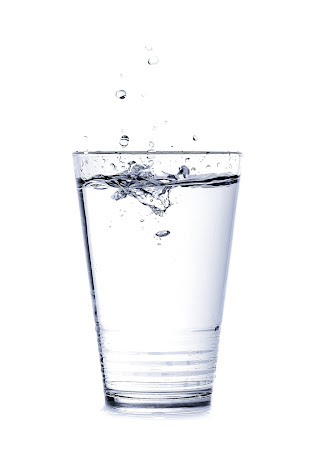Indian is an agriculture country, majority of Indian's economy is derived from its agriculture sector. Because of the storage of of irrigation system in Indian agriculture, most of the farmers depend highly on rain falls. The most of the rain determine return the nature of the crops and and also the production. The data on the amount of rainfall acids in measuring the farmers' potential harvest and based on it it it landed taxes a determined.
A recent report using data collected over 33 years shows that sins the 1960s, there's been a dip in the countries annual rainfall. Whether amateur or professional meteorological, whether formers or gardeners, many people want to know no how much it rains. the easiest way to measure this is with a rain gauge. A rain gauge is a device that captures rainfall and measures how much of it have fallen. Rain gauge Aaj is also known as pluviometer or cup or udometer. Rain gauge measures rain fall in millimeters but represent it in inches at times. This device measures rainfall in increments as small as one-hundredth of and inch.
The first known records of rain falls where kept by by the Ancient Greeks about 500 B.C. This was followed 100 years later by people in India using balls to record the rainfall. One source has is that the son of of king sejong the great, who designed the choson Dynasty from 1418 to 145, invented the first rain gauge. King Sejong Sought ways to improve agricultural technology to provide his subjects with adequate food and clothing. Drought plagued the Kingdom and King Sejong directed every village to measure the amount of rainfall. His son, the crow prince, later call king Munjong, Indian today rain gauge why measuring rainfall at the place. Munjong decided that instead of digging into the earth to check rain levels, it could be better to use a standardized container. King Sejong sent a rain gauge to every village, and Thevar used as unofficial tool to to measure the farmers potential harvest. Sejong also used this measurements to to determine what the farmers land taxes should be.
This first standard rain gauge- cheugugi was invented in the the fourth month how 1441. This rain gauge as a finally e that is attached to a measuring Cylinder, which is graduating, and there is also a large container, which is definitely from the extra water to be collected, does also taking into account collected that is also taking into account the water, which has worked out from graduated measuring cylinder. This measuring gauge give better precision xender tipping basket train gauge, the invention of the rain gauge in Korea came in 200 years before investors Christopher wren create a day rain gauge ( tipping bucket rain gauge circa 1662) in Europe.
Tipping Basket Rain Gauge: its arrangement has a funnel thought which the rain water enter send ports into a basket, which tips after considerable amount of water is collected in the basket. Now when the basket tips, it activities the gauge by switching hone magnetic read switch. Does a complete electrical circuit is created after regular interval which gives us the measure of rainfall within the particular time span timing basket rain gauges are also available in simpler forms where in in there is a see swa arrangement and every time the basket tips, there is a marker pen that measures the water level on a graph.













0 Comments